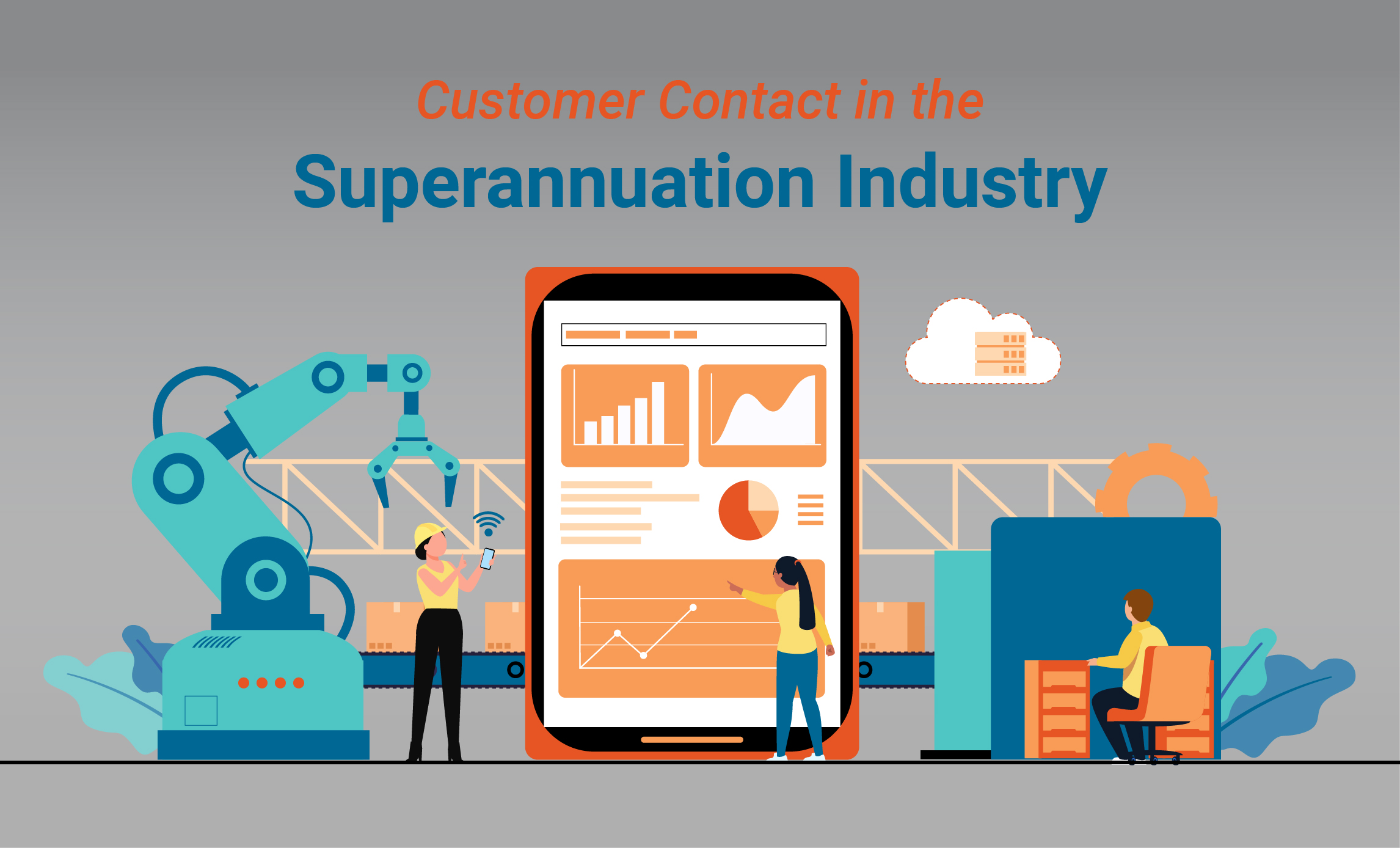These must have been a trying couple of years for the Superannuation industry. Somehow there is always a spotlight on the industry (enquiries, etc.). Three major shifts stick to my mind given my interest in Consumer communications and interactions:
- The great ‘resignation’
- Publishing information about fund performance
- Allowing Consumers to withdraw funds to cover short term needs (a COVID-related arrangement)
The desire to change jobs in post-COVID world also contains a decent amount of ‘upheaval’ in the job market with people re-evaluating jobs and employment conditions. This might affect Superannuation contributions at least in the short term.
This must be truly strange for the Industry because it creates anxiety and uncertainty in the market when the Industry is fostering the opposite. It also creates a need for communication on several different levels:
- To understand who is affected and how they can be supported
- To communicate with information and content that is related to the Consumer’s situation
This can be challenging in an industry set up for long term relationships with infrequent interactions/transactions.
The answer is timely, richer communications are based on events that are happening in Customers’ with relevant calls-to-action.
Let’s think about these changes in classic Marketing terms, in a standard B2C context. You would need to rethink:
- Customer Segments; these have to be linked a lot more tightly to Life Stages/Cycles linked to employment ‘events’ such as changing jobs, bigger or smaller bonuses, self-managing, etc.
- Event Triggers; these require data, analytics and automation.
- Operationalisation; designing a Customer contact process that can use all of the above and be reasonably automated.
Customer activity adds data points and affects richness. For example, Customers who are a bit more active with their choice of investment. Or one can look at a series of digital ‘events’ from which one can infer changing appetite for risk by looking at the content consumed.
The Superannuation industry also has some very significant event triggers, such as:
- Salary up/down
- Bonus up/down
- Extra contributions
- Change of investment mix
- Change of employer
These triggers affect Consumer and Household decisions and also paint a picture of risk appetite. Yet there is little evidence that all of these significant events influence the call-to-action in outbound communications (certainly my own experience is of one maybe two comms a year related to my Super balance). It is also important to structure messaging around these events when they happen.
All this points to a rethink of the Customer Contact framework. In this framework there should be:
- Broad/Strategic Segments based on Life Stage
- Trigger Events
- Company and Company Performance information
- Current Customer Life Cycle (On-boarding, Steady contributions, Disrupted contributions, Attrition Risk, etc.)
In summary I think that there is a lot more scope to get to best practice for all of the components of Analytical, data-driven marketing:
- Data; in a CDP as one needs to mix both static data about Superannuitants as well as event triggers that are more dynamic and will be a lot more digital in the future.
- Process; LifeCycles, Life Stages and an above-average A/B testing framework (needs to be above average because of the spasticity of transactions)
- Analytics; micro-Segments with changes to risk appetite, possibly driven by event-triggers or investment choices
Most technology infrastructure supports the above; however one should not underestimate the amount of work that is needed to get better operational and marketing results.
What do you think your organisation is missing? Download the maturity ladder as Digital Alchemy sees it through a large number of engagements in APAC in the last 20 years.
Written by Yorgos Moschovis – yorgos.moschovis@digitalalchemy.com.au



